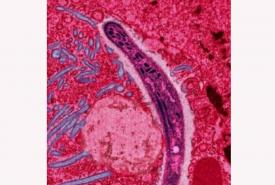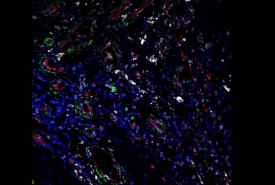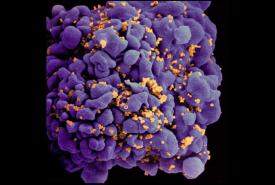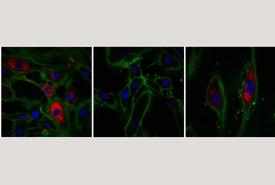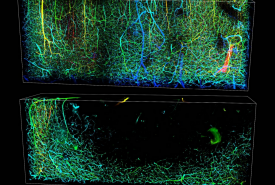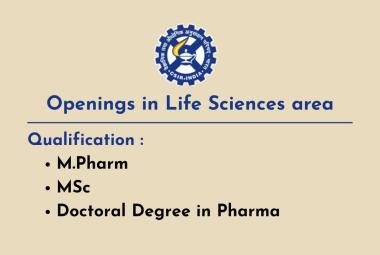Rethinking the rabies vaccine
Rabies virus kills a shocking 59,000 people each year, many of them children. Some victims, especially kids, don’t realize they’ve been exposed until it is too late. For others, the intense rabies treatment regimen is out of the question: treatment is not widely available and the average 3,800 Dollar expense poses unthinkable economic burden for most people around the world.



